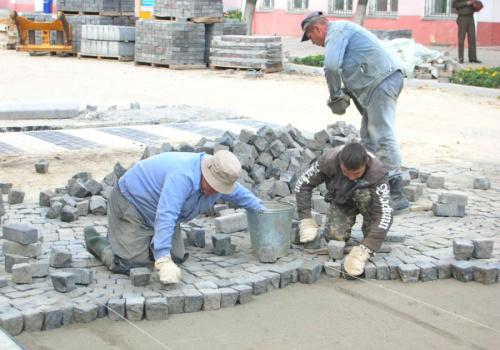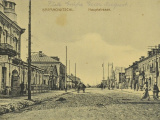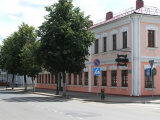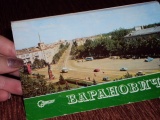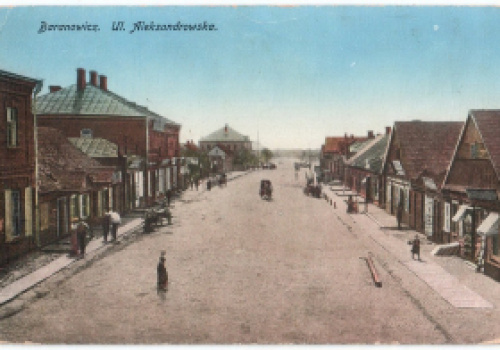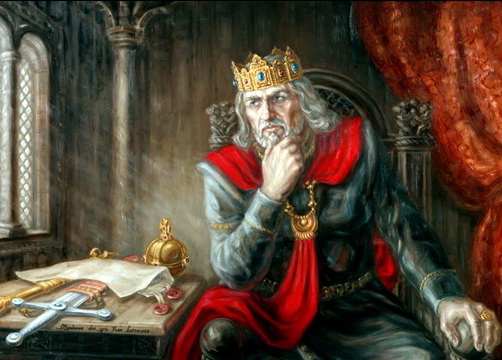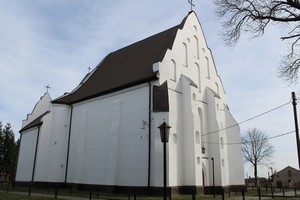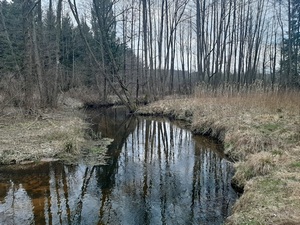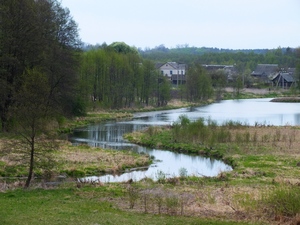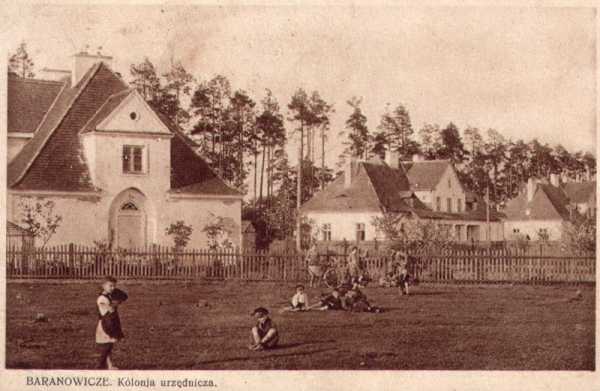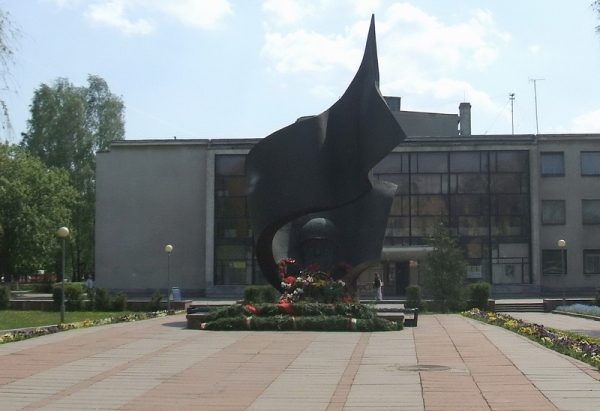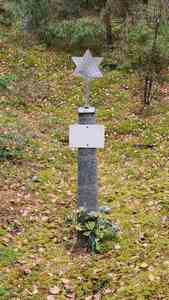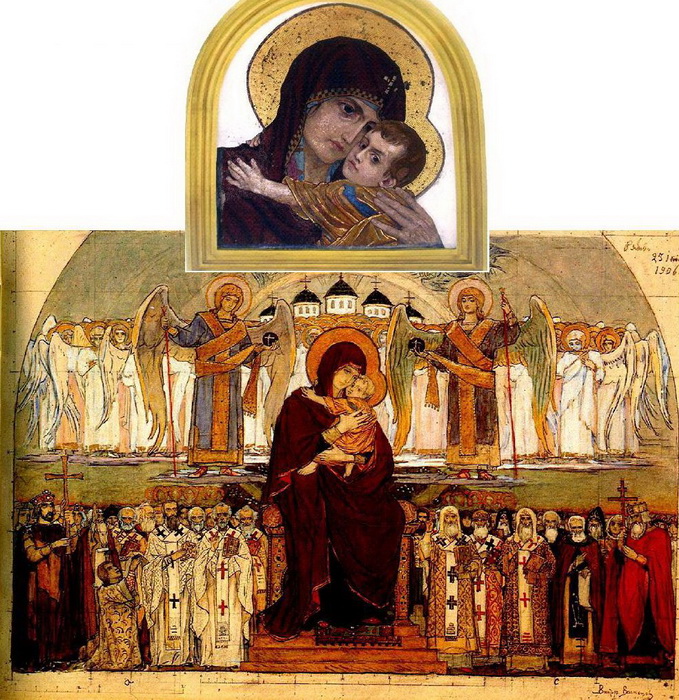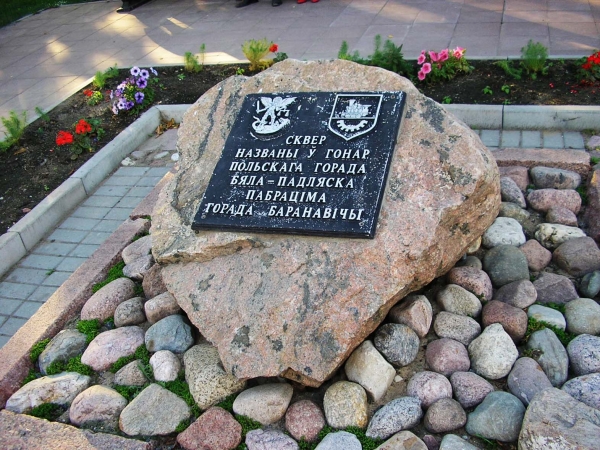Memorial Complex «Forest Gai» in Baranovichi
On the outskirts of the town of Baranovichi, in the Forest Gai, stands a memorial complex dedicated to the victims of war.
In late June 1942, special trains brought Czechoslovakian citizens and their families from the town of Terezín to the railway station of Baranovichi. They were taken from the town to the Forest Gai where they were shot dead.
After the first execution of the Czechoslovakian citizens in June 1942, these atrocities were kept more secret and not documented, therefore there are no data as to the exact number of the victims.
On June 24, 1972, a memorial was unveiled on the site of the execution.
The memorial begins with a gray concrete slab, which symbolizes life and death. Opposite the “threshhold of life and death, at the opposite end of the complex sit 3 symbolic boulders – symbols of 3 generations of people of different ages executed there.
Between the “threshhold of life and death” and the 3 boulders there is an earth road leading to the central monument – an arc made up of two 12-metre high reinforced concrete supports. Suspended on chains representing barbed wire are two bells, whose chime is both a requiem and an anthem.
The symbolic supports forming the arc at their lower part are connected with a cube made of forge copper, which depicts high reliefs of human hands. The high reliefs on the southern side of the arc looking towards the railroad depict hands that express protest, indignation and call to fight fascists. On the high relief fixed on the nothern shady side of the monument are also depicted human hands but they droop down from the tortures and infinite grief.
Two concrete paths lead from the monument deep into the forest.
The Commission for the investigation of atricities commited by fascist aggressors that worked right after the liberation in 1944, found out that in the pit-graves discovered in the Forest Gai 3,000 people were buried. At present only one thousand names are identified of those killed in the Forest.
The symbollic wall of execution both closes and unites the composition of the memorial complex. On the wall there is an inscription made in Russian and Czech: Blessed Memory of Czechoslovakian Brothers and a mirtle branch as a symbol of eternal memory.
Geographic coordinates: N 53° 08' 160" E 25° 54' 276"
Foto: Владимира ЗУЕВА, Андрея ПОНОМАРЕВА, Татьяны ГРИНКЕВИЧ


